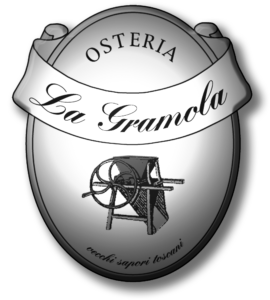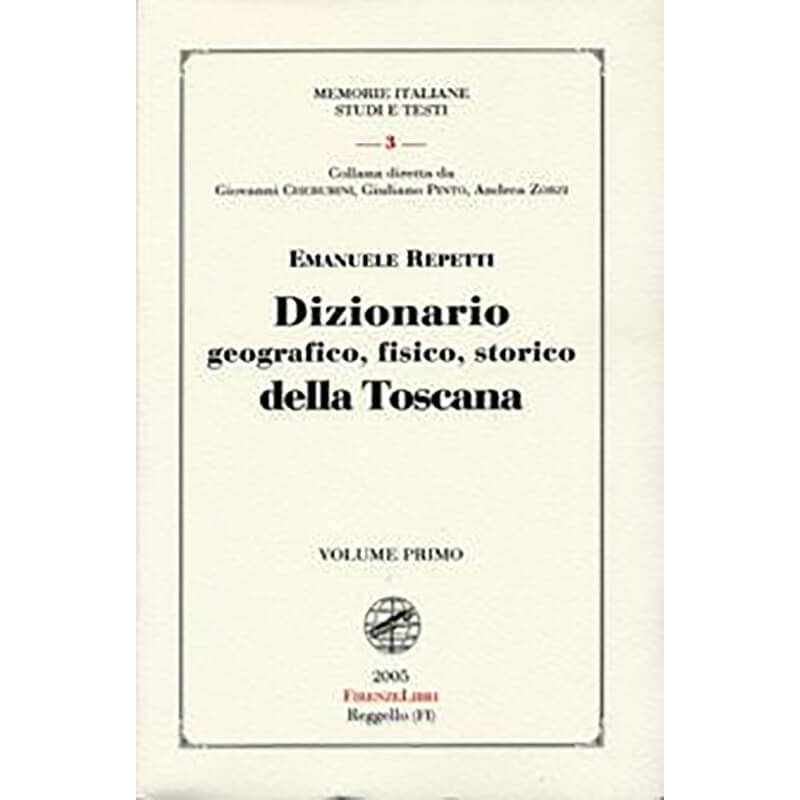
04 - Il Mocale
Tavarnelle, ancora nella metà del 1700 non aveva avuto quell’espansione edilizia che oggi conosciamo, ma era un gruppo di piccoli centri abitati non ancora connessi e collegati tra loro.
Il centro più vivo e commerciale era sicuramente dato da gli edifici che sorgevano intorno alla Strada Regia Romana, l’attuale via Cassia, ed iniziavano dalla cappella di Santa Caterina, sicuramente l’edificio più antico, la piazza Cresti, sant’Anna e le case fino alla Casa dell’Aciprete. C’erano poi le due chiese di Santa Lucia al Borghetto e la Pieve di San Pietro in Bossolo, che avevano costruzioni abitative tutt’intorno. Infine I Rovai ed il Mocale, veri borghettini in miniatura e dei quali si ritrovano ancora note storiche.
Da: Memorie del Piviere di S. Pietro in Bossolo di Luigi Biadi (Firenze 1848)
Mocale
Il Prop. Lastri nella gioia di trovarsi per le ferie autunnali del 1774 in seno all’amico di confidenza nel Mocale, non seppe frenare la penna esaltando anche di troppo enfaticamente la posizione del piccolo casale. Nondimeno, fatte le opportune eccezioni, non saprei meglio descrivere questo luogo che con le sue parole.
“Un luogo che veramente non trovate sulla carta geografica, ma che per l’amenità della situazione per la salubrità dell’aria, e pe’ suoi contorni merita d’essere commentato quanto lo fu dall’eloquentissimo Conte Magalotti l’amena villa di Lonchio, o per andare più indietro la Cumana da Cicerone, la Mantovana da Virgilio, e la iburtina da Orazio. Dirò forse troppo, ma comunque siasi “Ille terrarum mihi praeter omnes Angulus ridet” (Quell’angolo di mondo mi è lieto più di ogni altro)
Questo è il Mocale piccolissimo borgo di poche case forse un quarto di miglio distante da Tavarnelle alla destra della strada romana, situato sul crine d’una continuata collina che acquapende per una parte della Val d’Elsa, dall’altra nella Val di Pesa. Credo che la frequente sementa de’ Mochi, seme frumentaceo noto in Toscana, gli averà dato una volta questo nome che si trova repetuto altrove, nella stessa guisa che v’è Sagginale, Panicale, e simili altri luoghi della nostra campagna denominati dai loro più abbondanti prodotti”.
Una descrizione piena di appassionato calore, che ci porta indietro nel tempo, ma che bene esprime la particolare situazione del paese.
By the middle of the 1700’s,Tavarnelle still had not become the town we observe today. Rather, it was a group of small villages that were not yet connected to each other. The most lively commercial area was certainly the grouping of buildings that rose around the Strada Regia Romana, the current Via Cassia, beginning at the church of Santa Caterina, undoubtedly the oldest building, and extending through Piazza Cresti, past the church of Sant’Anna, and as far as the Palazzo dell’Arciprete. Another district was concentrated around the churches of Santa Lucia al Borghetto and the Pieve di San Pietro in Bossolo and the surrounding houses. Finally, there were the hamlets of I Rovai and Mocale: small settlements about which historical notes can still be found.
For example in Memorie del Piviere di S. Pietro in Bossolo (published in 1848), author Luigi Biadi writes about Mocale in this way:
Landowner signor Lastri, joyfully finding himself for the autumn vacations of 1774 in the bosom of the Mocale, did not know how to restrain his pen and exalted, even too emphatically, the position of the small hamlet. Nevertheless, considering exceptions, I would not know how to better describe this place than with his words.
“A place that you can’t really find on a map, but for the amenity of the setting, the salubrity of the air, and its surroundings deserves to be remarked on as did the eloquent Count Magalotti of the pleasant villa of Lonchio. Or to go back further, Cumana by Cicero, Mantovana by Virgilio, and Iburtina by Horace. I may be saying too much but in any case, as is said in Latin, ‘Ille terrarum mihi praeter omnes Angulus ridet’, in other words, ‘That corner of the world is more pleasant to me than any other.’
This is Mocale, a very small grouping of a few houses, perhaps a quarter of a mile from Tavarnelle, on the right side of the Roman road, situated on the crest of a continuous hill that stretches across the Val d’Elsa on one side and the Val di Pesa on the other. I believe that the frequent planting of mochi seeds, a grain-like plant known in Tuscany, gave it this name. A habit that occurred elsewhere, for example Sagginale and Panicale, and other similar places in our countryside which are known for their most abundant products.”
This description which is full of passionate warmth takes us back in time and also expresses the particular setting of the village.
Approfondimenti
Gallery
Collabora con noi!
Realizzazione a cura di:





